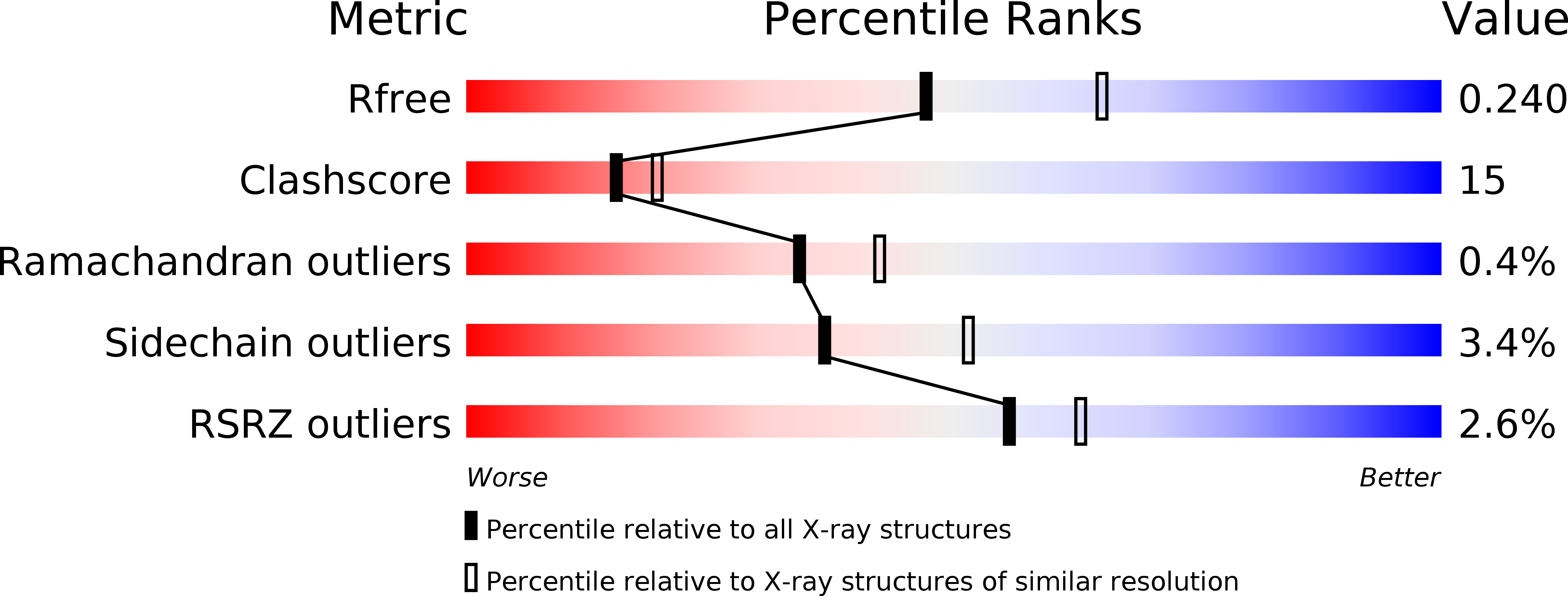
Deposition Date
2003-10-04
Release Date
2003-11-25
Last Version Date
2023-11-15
Entry Detail
PDB ID:
1O5Q
Keywords:
Title:
Crystal Structure of Pyruvate and Mg2+ bound 2-methylisocitrate lyase (PrpB) from Salmonella typhimurium
Biological Source:
Source Organism:
Host Organism:
Method Details:
Experimental Method:
Resolution:
2.30 Å
R-Value Free:
0.25
R-Value Work:
0.2
R-Value Observed:
0.2
Space Group:
P 21 21 21


